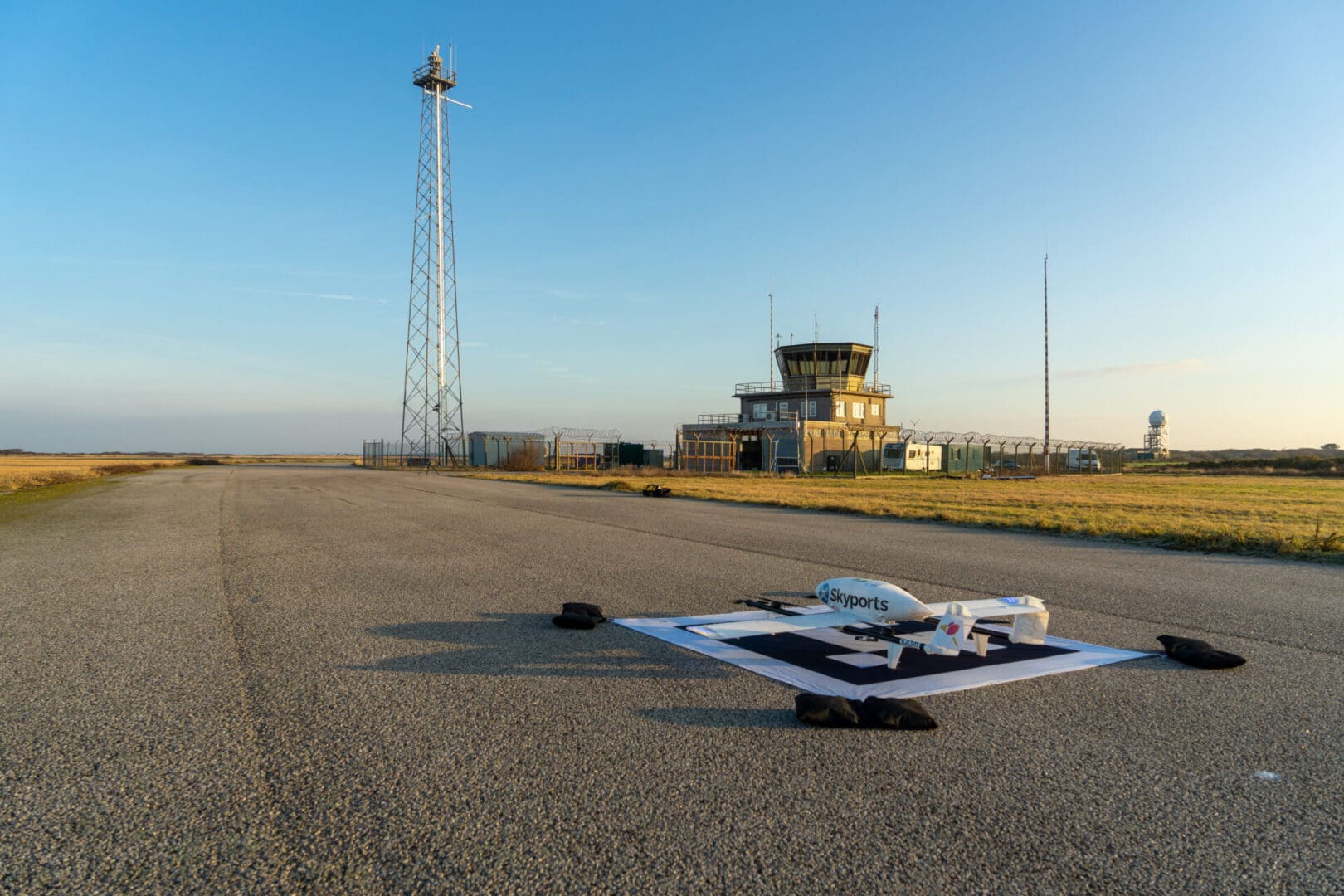November 17, 2023
Regulatory roadblock: The hidden threat to industry growth

For the global drones industry, the development of a progressive, enabling regulatory environment represents one of the biggest challenges we face to operating – and the biggest facilitator of growth.
Operators, manufacturers and other key stakeholders from across industry rightly need to spend considerable effort in making the case for and contributing to the continued development of regulatory frameworks. These efforts will ultimately enable the industry to become safely established and scale in line with customer demand so that we can reap the technology’s much touted economic and social benefits.
Over recent years, national and regional authorities, along with industry, have been working hard to establish the necessary frameworks that are today enabling more complex beyond visual line of sight (BVLOS) operations. Despite this positive progress, the inability of regulators to process applications in a timely way is undermining the industry’s facility to extract the full potential of regulatory advance, and operational and drone technology development, for its customers. Approval timelines are getting longer, backlogs are growing, oversight costs are rising and regulator lip-service to supporting innovation is ringing hollow.
The uncertainty that approval processing creates is almost a bigger threat to the current health and future growth of the industry than the lack of additional enabling regulation.
Skyports Drone Services regularly submits applications with relevant regulators around the world and this problem is a common one; it would not be fair to single one aviation authority out over others. Whereas a few years ago we might have expected that a new low-risk BVLOS application would be approved in up to three months, it can now take between six months and even nearly a year, which is unsustainable and intolerable. And this issue impacts the whole industry.
The primary cause of this problem is staff resource. Regulators have not adequately increased staff levels or improved efficiencies to provide the capacity and expertise required to keep up with the volume of applications. The signs that the uncrewed aviation industry would be the biggest growth area within the aviation sector have been present for years, and it’s a fact that is constantly validated by the upward trend in the number of applications for approvals to operate drones, especially for commercial uses. Unfortunately, regulators have been too slow to respond and are, as industry is, having to deal with an ever-growing backlog.
The second contributory factor is the lack of digitisation and automation in the application submission and handling process. Applications are still largely processed manually, which is incredibly human resource intensive and time consuming. Whereas reviews and oversight of documentation and the conducting of audits should rightly remain the task of expert inspectors, more should be done to digitise form submissions and the broader process. Greater automation would also enable greater consolidation, more effectively manage applicant expectations and turn-around times, and eliminate the need for applicants to chase regulators manually and regulators to respond manually.
The third issue is the over-reliance by regulators on the approval of operating safety case (OSC) documentation as a of means approving that an operation is safe, rather than more regular on-site audits. Acknowledging that operational audits require sufficient personnel, (who will need to be recruited and trained), shifting from paper-based oversight to greater operational oversight has the potential to significantly cut approval times. This is especially true for renewals, where inspectors are already more familiar with an operator’s operations and are assured by their approach to safety and quality of evidence of compliance with the rules. For more mature operators, mechanisms that enable the operator rather than the operation itself to be approved (the European Light Unmanned Certificate (LUC) being a good example), so that the operator can sign off their own specific operations, would also reduce the reliance on regulators approving each individual operation.
Recruitment of sufficient expert personnel deployed efficiently is a relentless and difficult task, but must remain a top priority to avoid compounding the current backlogs. More countries are gradually adopting digital systems and incorporating greater levels of automation. This must continue at pace, with suitable investment made accordingly. The move to operational rather than paper-based oversight will require a culture change and is heavily dependent on recruiting and training the right staff. However, the result will be faster approval times and higher levels of safety assurance.
The benefits and use cases for drone services are more evident than ever, and naturally there is an eagerness to implement drone operations to capture their positive impact. However, without a critical level of investment and innovation in the regulatory approval process, the ambitious drone implementation projects set out by governments and industry globally may not be achieved on their current timelines.

